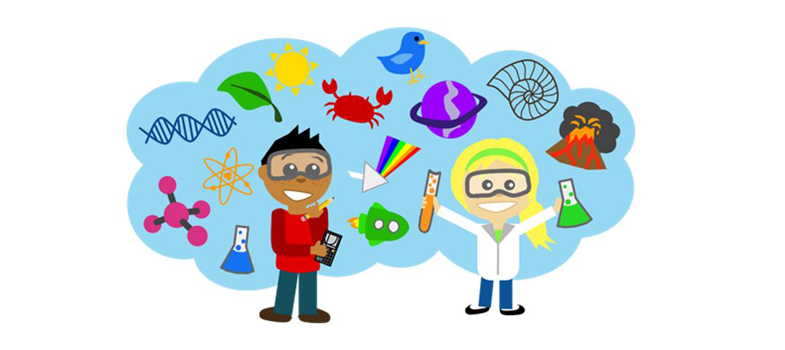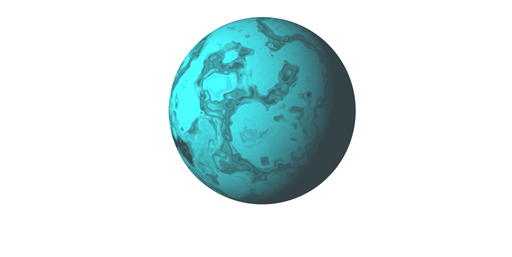3.5 Science as a human activity
Beginning with Observation
This section is intended to provide a brief introduction to scientific thinking and approaches. Developing a better understanding of science as a human activity can build understanding and develop the first four dimensions of STEM capital. More familiarity and a better understanding of the approaches and methodologies that scientists use will directly improve scientific literacy. However, it can also improve comprehension and interest in relation to scientific media, the value of science to individuals and society, and to understanding the transferability of science to other areas.
The first four dimensions of STEM capital are:
- Scientific Literacy
- Science-related attitudes, values and dispositions
- Knowledge about the transferability of science
- STEM media consumption
Science is about the observable. We might observe something in the world, the shape of a rock formation, a pattern in the night sky, or the different beak shapes of finches. These observations lead scientists to look at how these confirm existing ways of knowing about the world, or whether they require a new explanation. Even as we look at the very big, the distant, the miniscule, it is still about observation. Even when we use machines we typically ask these machines to collect data and present it to us, and control and monitor the machine as if it is an extension of what we see. Let’s start with how science proceeds through what we see with our eyes.
Case study – ‘discovering’ a planet
William and Caroline Herschel (brother and sister), spent many hours over many years observing the night sky, first on standard telescopes and later on telescopes they designed and built themselves. They were among the first to appreciate the depth of the night sky, to think of it not as a flat scene but akin to a murky sea, where, through improving our ability to see into the depths one could see into space. Through continued observation they were able to read the night sky, scanning for what ought to be there, and noting anomalies. One such anomaly was spotted by William in March 1781 and then explored more systematically by William and Caroline through to April. It was clear it was not a comet, as it lacked a tail, but it took a series of observations and measurements to convince them it was a planet, and a series of further observations by astronomers in the UK and more widely to accept the “discovery” of the seventh planet in the solar system, subsequently named Uranus (Holmes 2008). Of course such discoveries need inverted commas, as the notion one can discover something that already exists, or whether it exists once one discovers it is contentious itself.
Moving Beyond Observation
Much of what scientists do is concerned with verifying or testing existing theories. Designing experiments, which provide structured opportunities to collect data to support existing theories. The everyday approach to repeating experiments to observe predicted outcomes is a key part of learning science, developing the skills to conduct and then later develop experiments is part of a scientist’s training.
However, science also proceeds through intuition. You start from existing explanations for a phenomena and a sense these do not explain what you have observed. You need a new theory or hypothesis. This might come from observing something in the world, as the case study below, on Darwin illustrates, or it may come from testing somebody else’s theories and finding they do not offer a suitable explanation for observed reality or the match the results of the experiment.
Case study Darwin and the Galapagos Finches
Darwin’s famous trip on the ship, Beagle, took him amongst other places to the Galapagos Isles; a small group of relatively recently formed volcanic islands. As he did throughout his journey, Darwin collected specimens, boxed them and shipped them back to the UK. On examining the different finches from the different islands he noted they were quite different from each other and those on the mainland.
Activity 6
What do you think Darwin concluded from his observations?
Discussion
The finches all evolved separately on the individual islands from a common ancestor.
Darwin had observed something in the world that could not be easily or comfortably explained by existing theories of how animals came to have the forms they did. However, he would have been aware of the idea of natural selection over generations playing a part in the development of distinct species, not least because his grandfather Erasmus had himself toyed with these ideas.
Darwin was cautious, one does not build a theory from single or even groups of observations, Darwin slowly developed a theory, “tested” against his and other observations until he felt the evidence was credible.
Science is human
Beyond the similarities with other subjects, and the emphasis on critical thinking, it’s important to recognise that science has an inevitable and strong human element. Science isn’t simply a neutral description of the world; scientists, scientific approaches and STEM subjects are embedded in and shaped by the world around them. There are also psychological factors at work. There are connections here with our discussion of unconscious bias, for instance confirmation bias (the tendency to focus on evidence that confirms your prior beliefs, over evidence that challenges them – see section 2.7) can be a particular challenge in interpreting new findings or the results of experiments. Like in any other subject, certain theories become entrenched, and it’s hard for people to move from one view to another. New ideas are resisted for social and cultural reasons in the face of compelling evidence. The slow accumulation of evidence against a theory is resisted until it can no longer be denied.
Activity 7
Can you think of a simple science activity, experiment or investigation that you could use in the classroom? If you want to find ideas you could talk to science teachers in your school, or try looking at:
- https://www.britishscienceweek.org/ plan-your-activities/ activity-packs/ [Tip: hold Ctrl and click a link to open it in a new tab. (Hide tip)]
- https://www.stem.org.uk/ resources/ search?f[0]=field_subject:67
Make notes on the opportunities for developing STEM literacy, values and attitudes with pupils in the classroom using your chosen option. Capture your thoughts and your questions in your learning log for sharing with colleagues.
3.4 Building STEM capital in pupils and teachers

